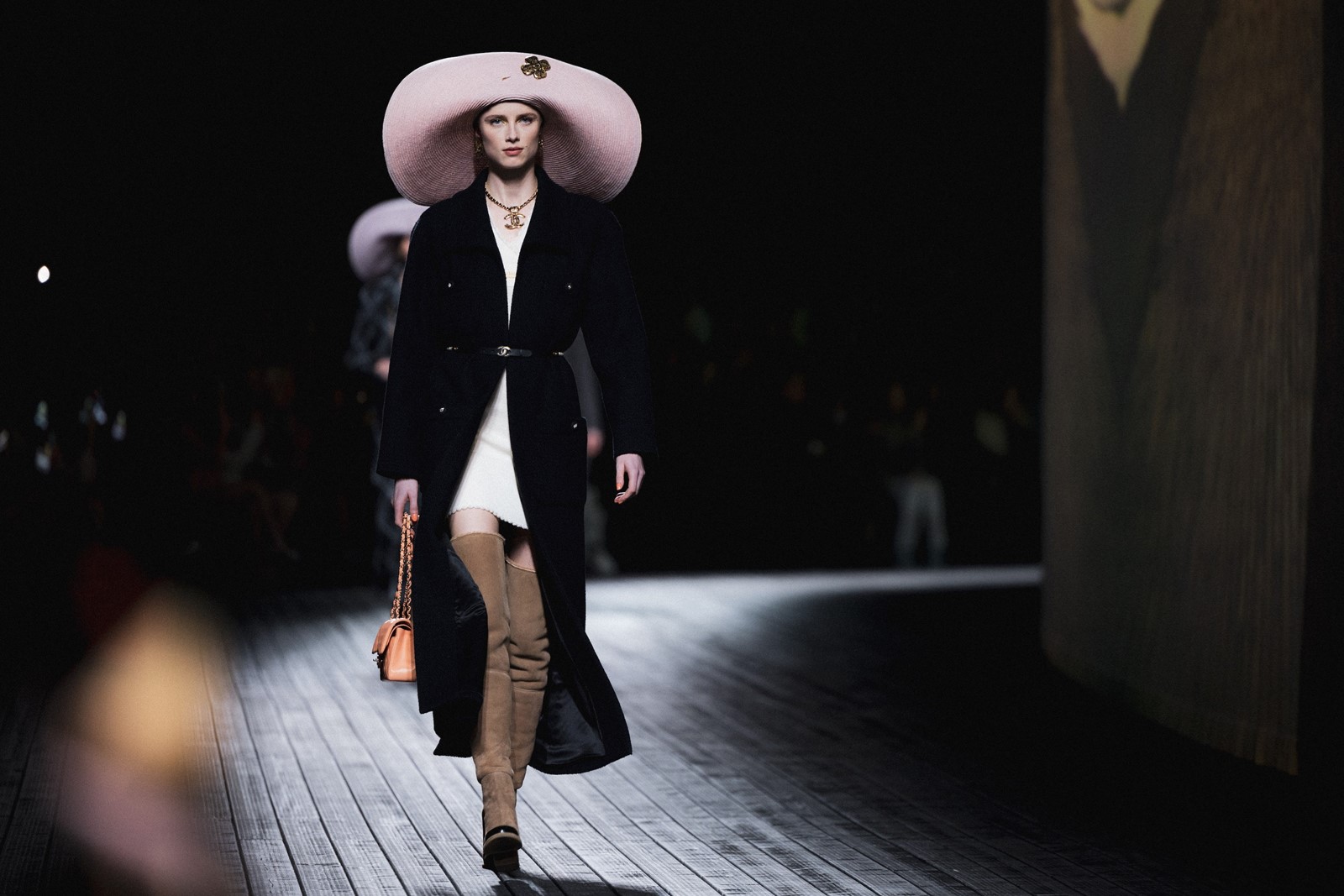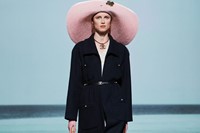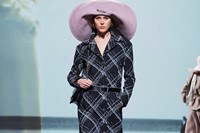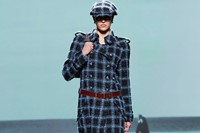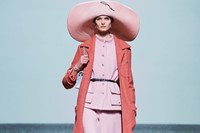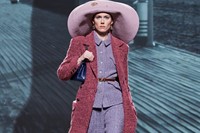The blockbuster touring exhibition Gabrielle Chanel. Fashion Manifesto finishes its record-breaking run at London’s Victoria and Albert Museum next week. It has evidently given Virginie Viard pause for reflection on the house she leads. Her Autumn/Winter 2024 is the best case in point – and one of her finest for the house, incidentally. It threw all the way back to Chanel’s first steps in fashion, to the hat shop she opened in the fashionable resort town of Deauville, where she first began to make and sell clothes. “Deauville is where everything started for the House,” Viard said.
So this season, Chanel recreated the Deauville of the Belle Époque, albeit with a twenty-first-century spin: worn promenade boards floored the catwalk, but its centre was dominated by a vast elliptical video-screen rolling with sunset scenes and, before the show began, a short film by Inez van Lamsweerde and Vinoodh Matadin starring Penelope Cruz and Brad Pitt, contemporary counterparts to the stage actresses like Gabrielle Dorziat, who were early patrons of Chanel and helped establish her brand. The clout of the names in that short film also, of course, demonstrates how far Chanel has come – from a provincial milliner knocking up humble, simple iterations of marinière blouses in underwear jersey that proved revolutionary, to a fashion behemoth, one of the best-known and best-selling labels in the world. In between, Gabrielle Chanel became the only fashion designer included in Time magazine’s list of the twentieth century’s most influential figures.
This collection drew on the linear and lean silhouette from Chanel’s origin story, coloured with the pastel pinks and blues of Deauville sunsets; it also made a big deal of hats, as a fitting nod to the story behind the house. But Viard managed to sublimate these historical references into something that felt fresh, new and alive. She has a slightly easier job than most houses, given that Gabrielle Chanel was all about dynamic modernity; the sailor blouse from 1916 that opened the Fashion Manifesto exhibition – what the archivists at Chanel call their ‘Mona Lisa’ – still looks fashionable, and fabulous. How often do you see people looking at a garment, nearly a century old, and ache with a genuine desire not to wear it as a costume but out on the street? There are few things with that power.
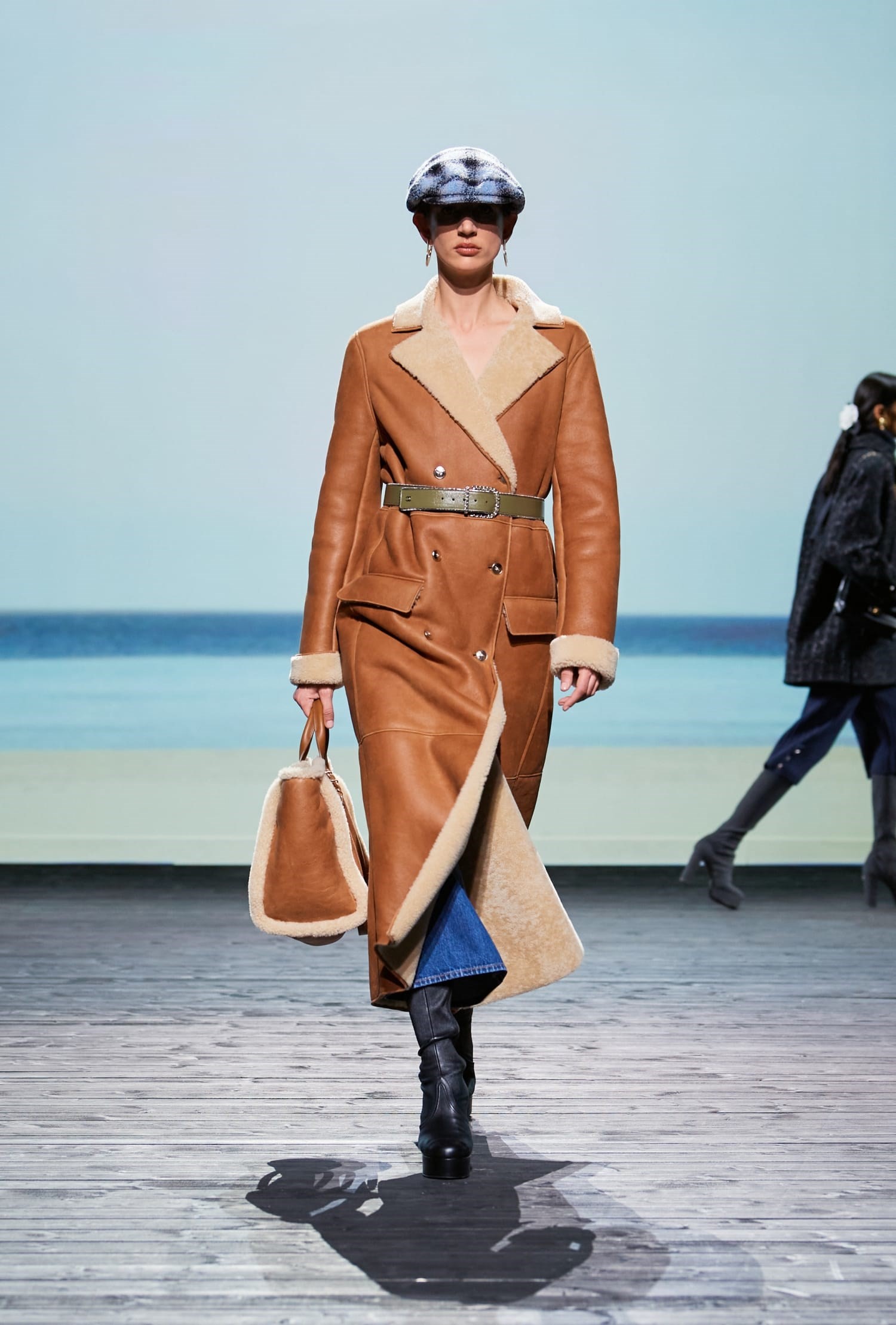
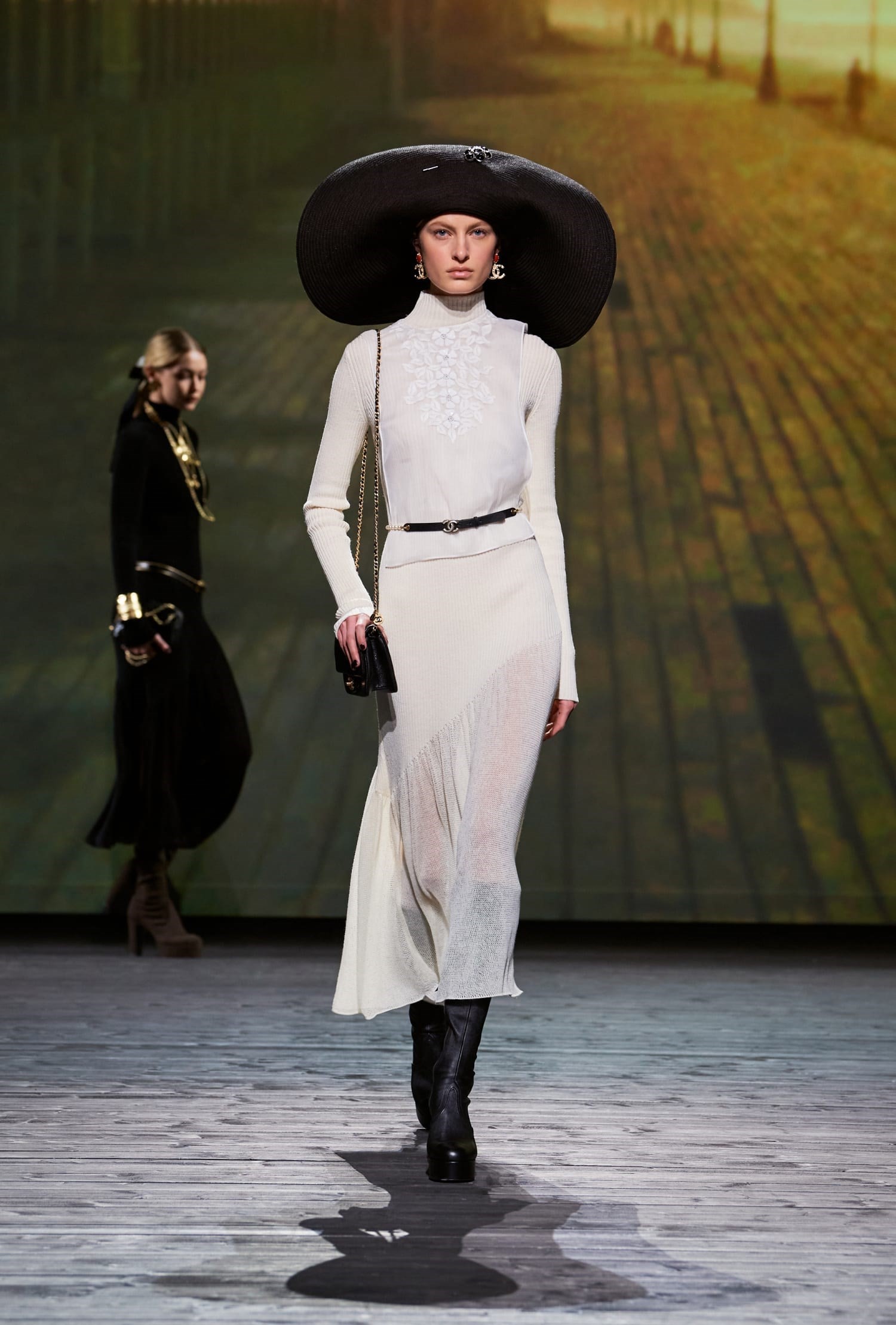
Chanel actually has a bunch. Another is the 2.55 handbag – a relative fledgling at just 69 years old, its chain-strapped rectilinear form (as well as Karl Lagerfeld’s early eighties lookalike update, which the house now dubs the ‘Classic’) was proposed again and again, in leathers and tweeds for day and glittering crystal for night, endless reinterpretations of the same timeless shape. And the collection mixed together the codes of Chanel, lamés and tweeds, printed silks, peacoats and masculine dressing gown-style coats. There was even a redux of the original cursive Gabrielle Chanel logo, before she became simply, iconically Chanel.
If you haven’t passed through the Victoria and Albert to see Fashion Manifesto, I suggest you should. It’s a major key to understanding this collection, which did more than just pay service to Gabrielle Chanel’s legacy. It highlighted how revolutionary her ideas remain, how relevant to our dress today.
Viard was savvy and sophisticated enough to embrace the allure of the past, and even to reiterate the languid shape of that 1916 blouse, sometimes as knits featuring the landscape of Deauville, sometimes elongated into billowing dresses that also nodded to her predecessor Karl Lagerfeld’s stellar Seventies years at Chloé. There was a stated cross-over of the 1920s and 1970s – in theory, the start of Chanel’s story, and the end (she passed away in 1971). But actually, the 1970s represented another beginning, Lagerfeld in the wings. Chloé was also the house where Viard cut her teeth with Karl in his second round as creative director in the early 1990s, before she shifted to Chanel. It was a touching acknowledgement of a man whose legacy helped define Chanel today, and who evidently helped to shape Viard’s own identity too. “It pays tribute,” said Viard – she meant to Deauville, and to Gabrielle Chanel, but there was Karl in there too. “It’s a very warm collection,” said Viard – she meant layers, but it could mean emotion.
